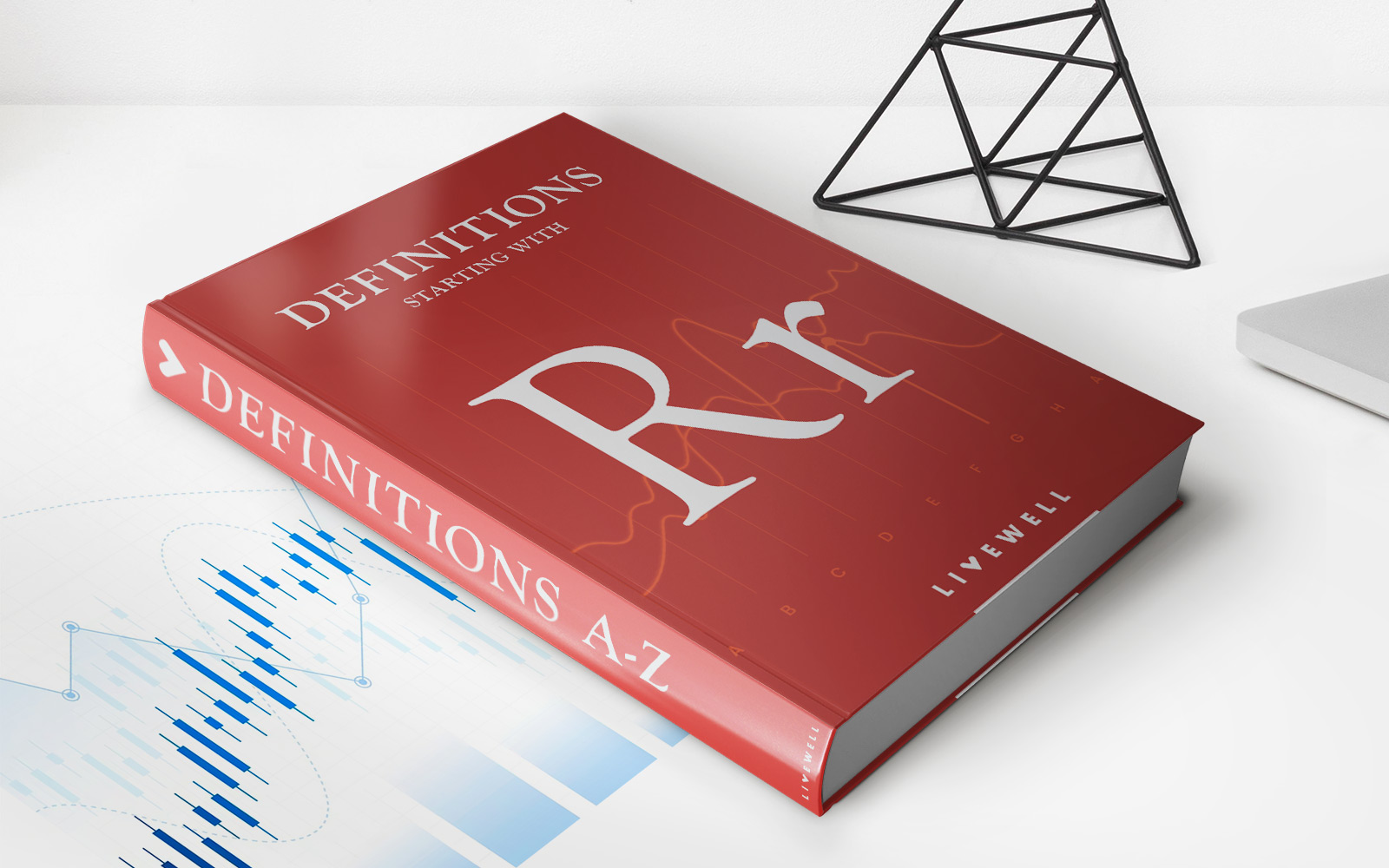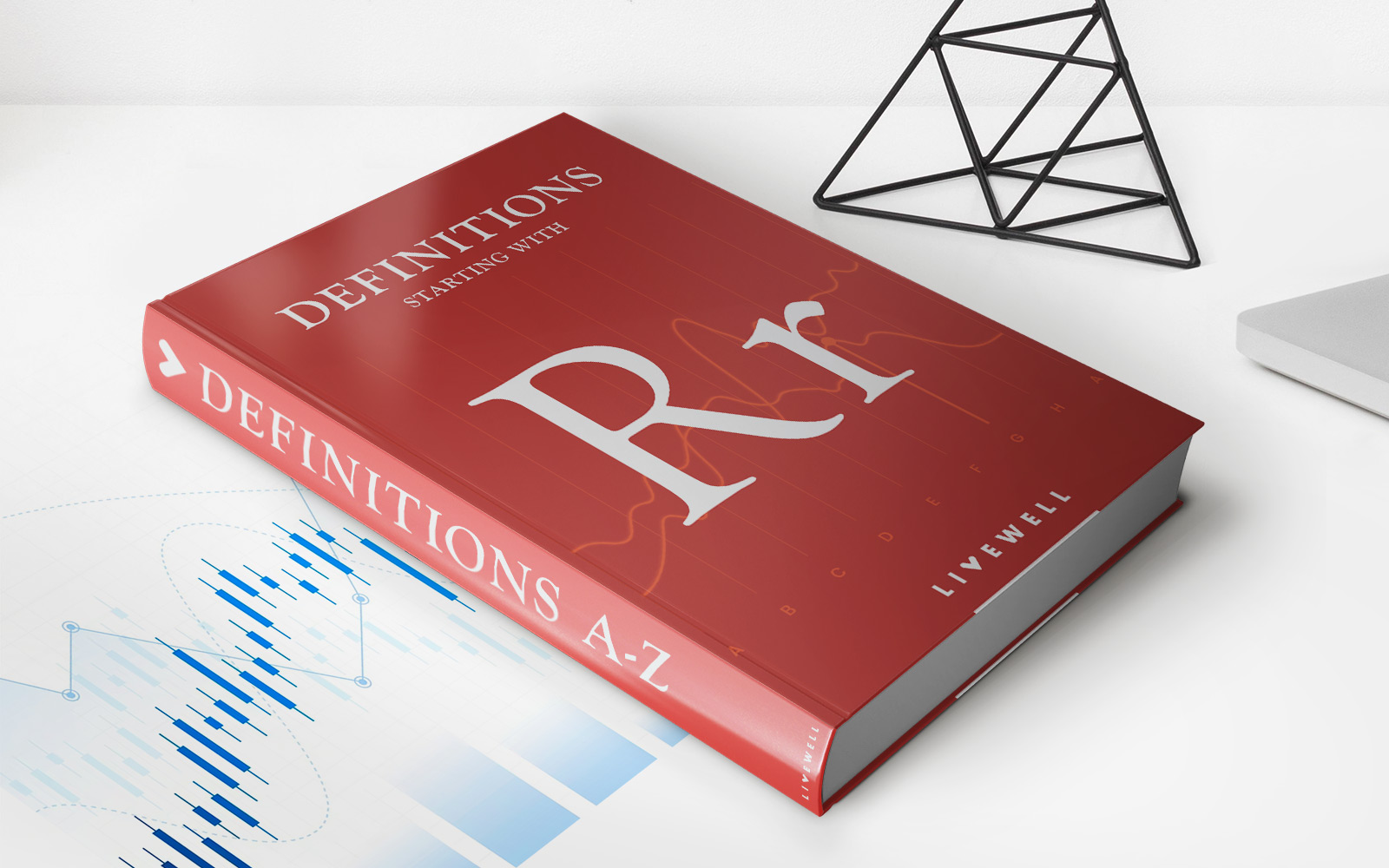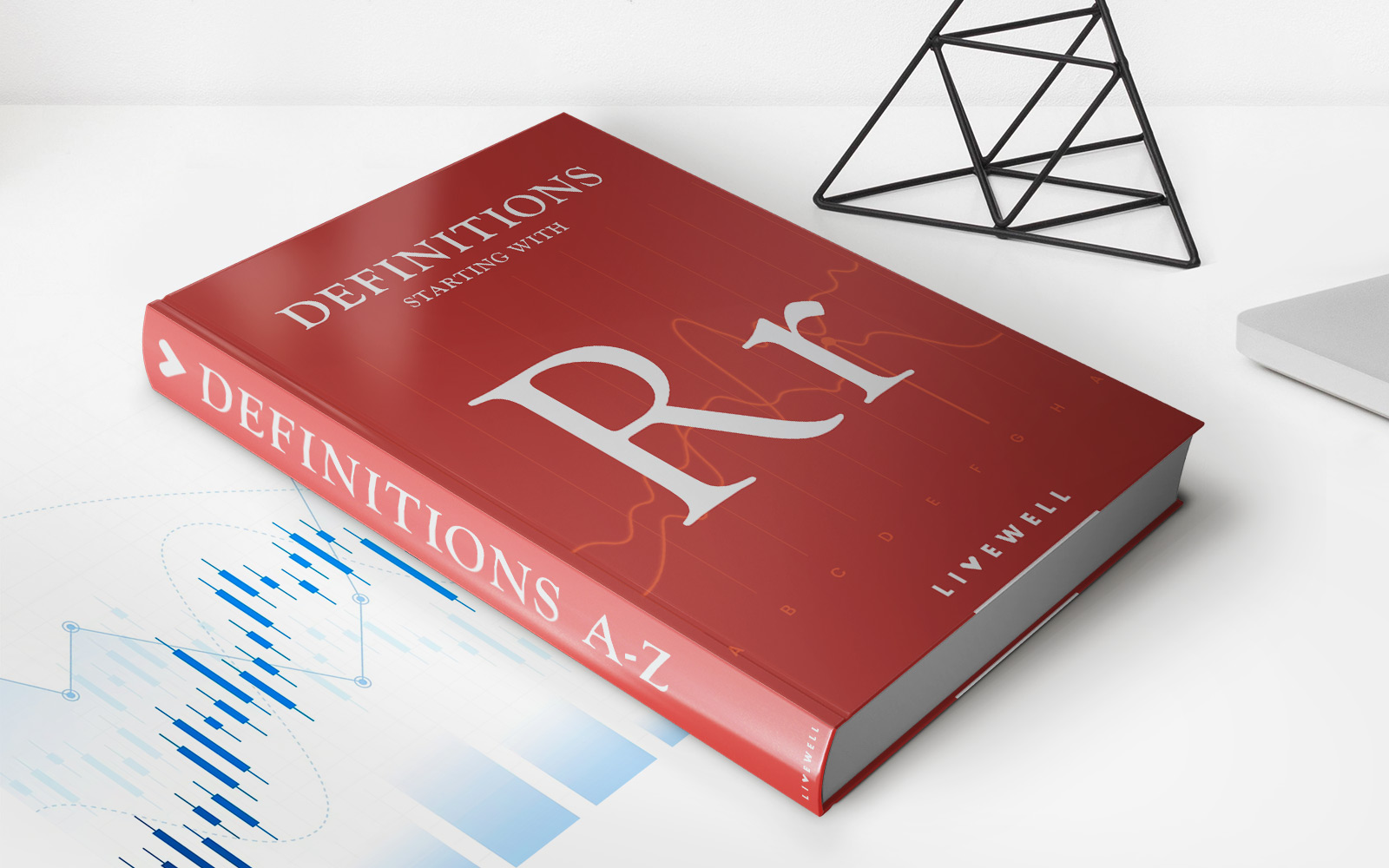Home>Finance>Return On Average Equity (ROAE): Definition And What It Indicates


Finance
Return On Average Equity (ROAE): Definition And What It Indicates
Published: January 20, 2024
Learn the meaning of Return On Average Equity (ROAE) in finance and understand its significance in assessing a company's profitability and efficiency.
(Many of the links in this article redirect to a specific reviewed product. Your purchase of these products through affiliate links helps to generate commission for LiveWell, at no extra cost. Learn more)
Understanding Return On Average Equity (ROAE)
When it comes to assessing the financial health and profitability of a company, Return On Average Equity (ROAE) is a metric that plays a critical role. But what exactly is ROAE, and what does it indicate? In this blog post, we will explore the definition of ROAE and unveil its significance for investors, shareholders, and businesses alike.
Key Takeaways:
- Return On Average Equity (ROAE) measures the profitability and efficiency of a company in generating returns for its shareholders.
- ROAE reflects a company’s ability to utilize shareholder equity to generate profits and grow the business.
Return On Average Equity (ROAE) is a financial ratio that calculates the rate of return a company generates on the average amount of equity invested by its shareholders. Equity represents the ownership stake that shareholders hold in a company. ROAE is a key indicator of how efficiently a company is utilizing the capital invested by its shareholders to generate profits.
ROAE is calculated by dividing the net income of a company by its average equity. The net income is the company’s total earnings after deducting expenses, taxes, and interest. Average equity is obtained by summing up the starting and ending equity for a specific period and dividing it by two. The resulting ratio is expressed as a percentage.
Now, what does ROAE indicate? It provides insights into how effective a company is at generating profits using the equity invested by shareholders. A higher ROAE indicates that the company is maximizing the return on the equity capital, which is favorable for both investors and the business itself. Conversely, a lower ROAE may suggest that the company’s operations are less efficient in generating profits.
The Importance of ROAE
Return On Average Equity (ROAE) holds immense significance for a variety of stakeholders:
- Shareholders: ROAE helps shareholders assess the profitability and performance of their investment. It enables them to evaluate how effectively the company is using their equity to generate returns.
- Investors: When considering investments, potential investors look for companies with a high ROAE. A high ROAE indicates that the company has a history of generating substantial returns on equity, which can serve as a positive signal for potential growth in the future.
- Management: ROAE is a valuable tool for management to evaluate their company’s performance against industry standards and competitors. It helps identify areas of improvement and can guide strategic decision-making to enhance the company’s profitability.
In conclusion, Return On Average Equity (ROAE) is a crucial metric that provides valuable insights into a company’s profitability and efficiency in utilizing shareholder equity. By understanding ROAE and its implications, investors, shareholders, and management can make informed decisions to drive financial growth and success.














